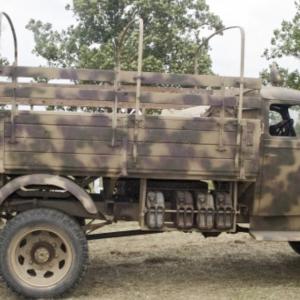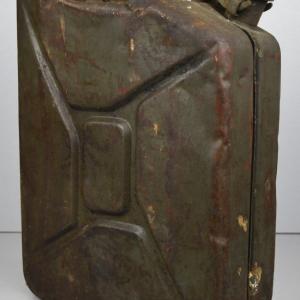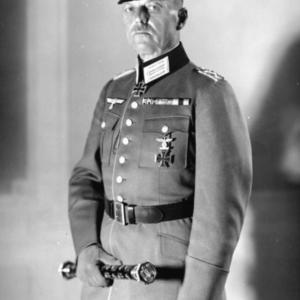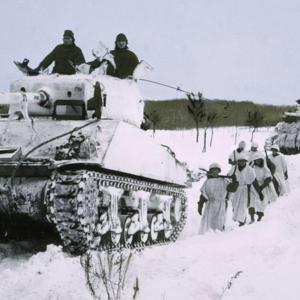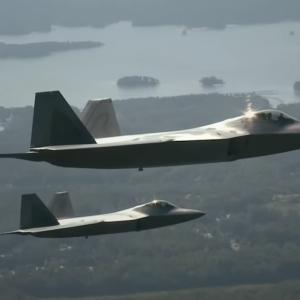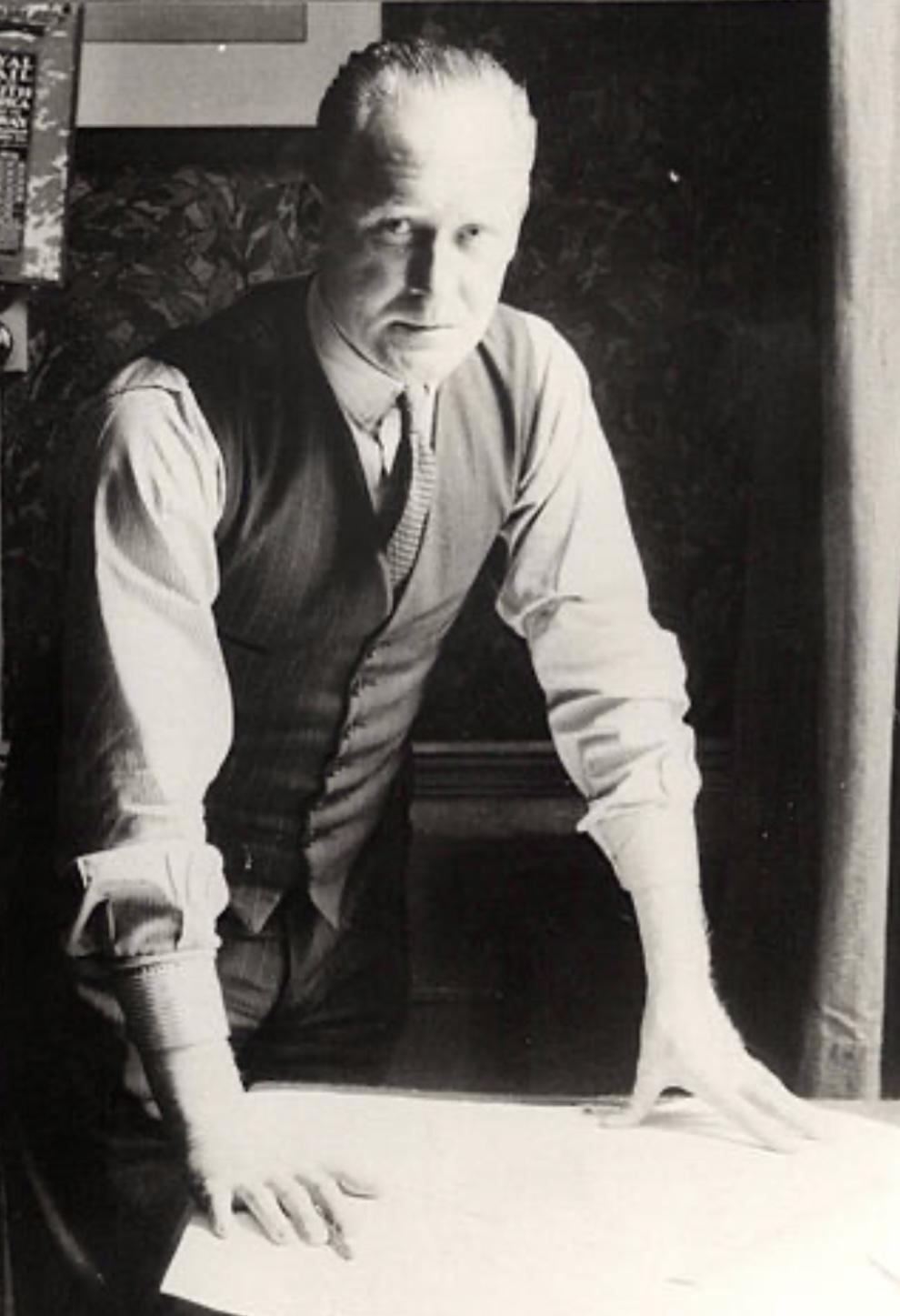
R J Mitchell
Reginald Joseph Mitchell, born on May 20, 1895, in Butt Lane, Staffordshire, grew up in a working-class family where mechanical skill and determination were part of daily life. His father was a locomotive engineer, and that environment likely played a strong role in shaping young Mitchell’s early interest in engineering and machines. After attending Hanley High School, he left formal education at 16 to begin an apprenticeship at a locomotive engineering firm, where he learned the fundamentals of mechanical design and hands-on problem-solving.
Wanting to expand his knowledge, he took evening classes in engineering and eventually studied at the Manchester Municipal College of Technology. This blend of practical training and formal study gave him a solid foundation in mechanical design, and in 1916, at just 21 years old, he joined Supermarine Aviation Works in Southampton. The company, which focused primarily on seaplanes, soon became the perfect proving ground for his ideas. Within a few years, his extraordinary talent in aircraft design became clear, and he was promoted to chief designer by the age of 24.
In 1919, Mitchell married Florence Dayson. They settled in Southampton, where he would remain for the rest of his life. During the 1920s, he made his name by designing a series of high-speed racing seaplanes for the Schneider Trophy competitions. These aircraft, including the Supermarine S.4, S.5, and S.6, broke speed records and won international acclaim. The S.6B, in particular, won the final Schneider Trophy for Britain in 1931 and reached speeds over 400 mph—a remarkable achievement for the time. These designs were not just racing machines; they served as experimental platforms that laid the groundwork for future military aircraft.
As the 1930s progressed and the threat of war began to rise in Europe, the British Air Ministry sought a new kind of fighter—something faster, more agile, and more advanced than anything before it. Building on his experience with high-speed flight and aerodynamic innovation, Mitchell began designing a cutting-edge monoplane fighter. The result was the Supermarine Type 300, which first flew in 1936 and would go on to become the legendary Spitfire.
Designed and developed at Supermarine’s facility in Woolston, Southampton, the aircraft featured an elegant elliptical wing design, a powerful Rolls-Royce Merlin engine, and a sleek fuselage that allowed for excellent maneuverability and speed. The Spitfire represented a huge leap in performance compared to existing RAF fighters, and it entered service just in time for the coming conflict. Its role during the Battle of Britain, and later in nearly every major air campaign of the war, earned it a permanent place in aviation history.
Tragically, Mitchell did not live to witness the full impact of his greatest achievement. In 1933, he was diagnosed with colorectal cancer. Despite undergoing surgery and enduring ongoing treatments, his health continued to decline. Even as he battled the disease, he continued working, driven by a sense of urgency and dedication to completing the Spitfire project. His commitment to the work was unwavering, but the illness ultimately overtook him. He died on June 11, 1937, at the age of just 42.
His early death was a profound loss not only to British aviation but to the world of engineering as a whole. The fighter he created would go on to become one of the most iconic and successful aircraft of the Second World War. Its balance of speed, agility, and firepower helped defend Britain at its darkest hour and inspired generations of aircraft designers. Though his life was short, the legacy he left behind endures in every aircraft that followed and in the enduring symbol of the Spitfire itself.

